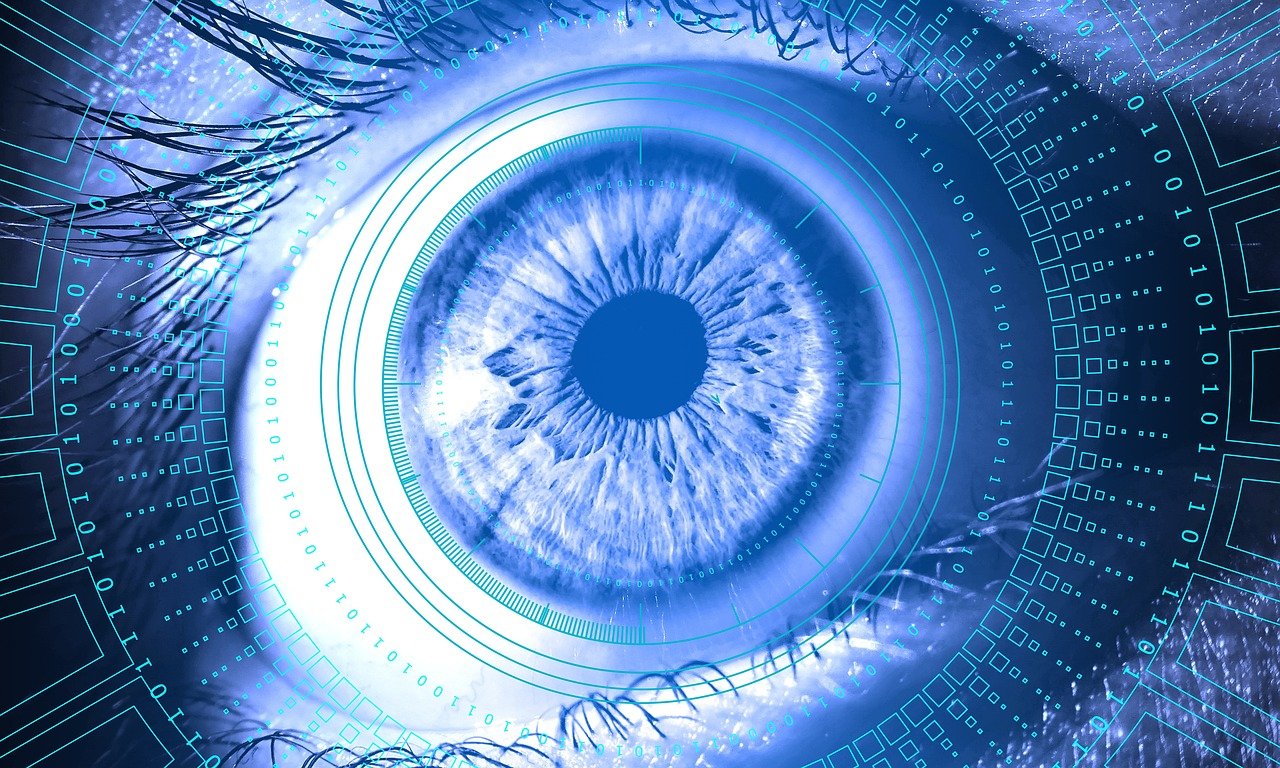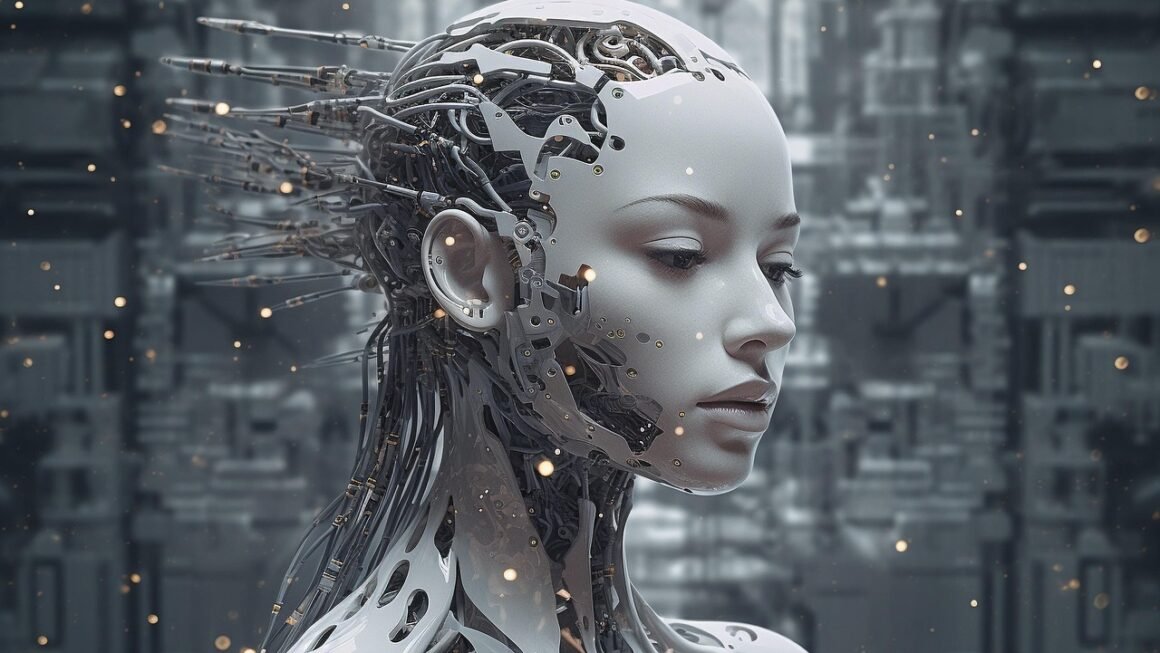Artificial intelligence is no longer a futuristic fantasy; it’s rapidly transforming industries, and robotics is no exception. The synergy between AI and robotics is creating intelligent machines that can learn, adapt, and perform complex tasks with increasing autonomy. This fusion is paving the way for unprecedented advancements in manufacturing, healthcare, logistics, and countless other fields, promising a future where robots collaborate with humans to solve some of the world’s most pressing challenges.
Understanding AI’s Role in Robotics
What is AI in Robotics?
AI in robotics essentially refers to the integration of artificial intelligence algorithms and techniques into robotic systems. This allows robots to move beyond pre-programmed instructions and exhibit intelligent behavior, such as:
- Perceiving their environment through sensors (cameras, lidar, sonar)
- Processing information and making decisions based on that perception
- Learning from experience and improving their performance over time
- Adapting to changing circumstances and unexpected events
This combination enables robots to handle complex and dynamic environments much more effectively than traditional robots, which are limited to repetitive tasks in structured settings.
Key AI Technologies Used in Robotics
Several AI technologies are pivotal in powering modern robots:
- Machine Learning (ML): This is the most crucial element, enabling robots to learn from data without explicit programming. Algorithms like deep learning are used for tasks such as image recognition, object detection, and path planning.
Example: A warehouse robot learns to identify different types of packages by analyzing images of thousands of packages.
- Computer Vision: Allows robots to “see” and interpret visual information. This is essential for navigation, object recognition, and human-robot interaction.
Example: A self-driving car uses computer vision to identify pedestrians, traffic lights, and other vehicles.
- Natural Language Processing (NLP): Enables robots to understand and respond to human language. This is crucial for voice control and intuitive human-robot collaboration.
Example: A robotic assistant in a hospital can understand voice commands to fetch supplies or adjust patient settings.
- Reinforcement Learning (RL): Allows robots to learn through trial and error, optimizing their actions based on rewards and penalties.
Example: A robot learns to perform complex manipulation tasks by receiving rewards for successful movements and penalties for failures.
Benefits of AI-Powered Robotics
Increased Efficiency and Productivity
AI-powered robots can significantly boost efficiency and productivity in various industries.
- Automation of Repetitive Tasks: Robots can perform repetitive and tedious tasks with greater speed and accuracy than humans, freeing up human workers for more creative and strategic work.
Example: In manufacturing, robots can assemble products with greater precision and speed, reducing errors and increasing throughput. Studies show that AI-powered automation can increase productivity by up to 30% in some manufacturing sectors.
- 24/7 Operation: Unlike humans, robots can work continuously without fatigue, enabling round-the-clock operation and maximizing productivity.
- Optimization of Processes: AI algorithms can analyze data and identify areas for improvement in existing processes, leading to further efficiency gains.
Example: In logistics, AI can optimize delivery routes and warehouse layouts to reduce transportation costs and improve delivery times.
Enhanced Safety and Precision
Robots can operate in environments that are hazardous or inaccessible to humans, reducing the risk of accidents and injuries.
- Handling Dangerous Materials: Robots can safely handle hazardous materials, such as chemicals or radioactive substances, protecting human workers from exposure.
Example: Robots are used in nuclear power plants to inspect and maintain equipment in areas with high radiation levels.
- Performing Complex Tasks with Precision: AI-powered robots can perform complex tasks with greater precision and accuracy than humans, reducing errors and improving quality.
Example: In surgery, robots can assist surgeons with minimally invasive procedures, improving patient outcomes. Research indicates that robot-assisted surgeries often have lower complication rates and shorter recovery times.
- Predictive Maintenance: AI algorithms can analyze sensor data to predict when equipment is likely to fail, allowing for proactive maintenance and preventing costly downtime.
Improved Decision-Making and Adaptability
AI enables robots to make informed decisions and adapt to changing circumstances in real-time.
- Real-Time Data Analysis: Robots can process vast amounts of data in real-time to make informed decisions based on current conditions.
Example: A warehouse robot can dynamically adjust its route based on real-time traffic data and inventory levels.
- Adaptive Learning: AI algorithms allow robots to learn from experience and adapt to changing environments, improving their performance over time.
Example: A robot operating in a dynamic manufacturing environment can learn to adapt to changes in product design or production schedules.
- Autonomous Operation: AI-powered robots can operate autonomously without human intervention, freeing up human workers for more complex and strategic tasks.
Applications of AI in Robotics Across Industries
Manufacturing
AI-powered robots are transforming manufacturing processes by automating tasks such as assembly, inspection, and material handling.
- Automated Assembly Lines: Robots can assemble products with greater speed and accuracy, reducing errors and increasing throughput.
- Quality Control and Inspection: Robots can use computer vision to inspect products for defects, ensuring high-quality standards.
- Predictive Maintenance: AI algorithms can analyze sensor data to predict when equipment is likely to fail, allowing for proactive maintenance and preventing costly downtime.
- Collaborative Robots (Cobots): Cobots work alongside humans in shared workspaces, assisting with tasks that require both human dexterity and robotic precision.
Healthcare
AI-powered robots are assisting healthcare professionals with a wide range of tasks, from surgery to patient care.
- Surgical Robots: Robots can assist surgeons with minimally invasive procedures, improving precision and reducing recovery times.
- Robotic Assistants: Robots can assist nurses and other healthcare professionals with tasks such as medication delivery and patient monitoring.
- Rehabilitation Robots: Robots can assist patients with rehabilitation exercises, helping them regain mobility and strength.
- Drug Discovery: AI is used to analyze vast amounts of biological data to accelerate the drug discovery process.
Logistics and Supply Chain
AI-powered robots are optimizing logistics and supply chain operations by automating tasks such as warehousing, transportation, and delivery.
- Automated Warehouses: Robots can automate tasks such as picking, packing, and sorting, improving efficiency and reducing labor costs.
- Autonomous Vehicles: Self-driving trucks and drones are being used to transport goods, improving delivery times and reducing transportation costs.
- Route Optimization: AI algorithms can optimize delivery routes, taking into account factors such as traffic congestion and weather conditions.
- Inventory Management: AI can predict demand and optimize inventory levels, reducing waste and improving efficiency.
Agriculture
AI-powered robots are revolutionizing agriculture by automating tasks such as planting, harvesting, and crop monitoring.
- Autonomous Tractors: Self-driving tractors can plant and harvest crops with greater precision and efficiency.
- Drones for Crop Monitoring: Drones equipped with sensors can monitor crop health and identify areas that need attention.
- Robotic Weed Control: Robots can identify and remove weeds, reducing the need for herbicides.
- Precision Irrigation: AI can optimize irrigation schedules based on soil moisture levels and weather conditions.
Challenges and Future Trends
Ethical Considerations
As AI-powered robots become more prevalent, it’s crucial to address ethical concerns such as:
- Job Displacement: Automation may lead to job losses in some industries.
- Bias and Fairness: AI algorithms can perpetuate existing biases if they are trained on biased data.
- Privacy and Security: Robots collect vast amounts of data, raising concerns about privacy and security.
- Autonomous Weapons: The development of autonomous weapons raises ethical concerns about accountability and control.
Advancements in AI and Robotics
Future trends in AI and robotics include:
- More Sophisticated AI Algorithms: Continued advancements in machine learning, computer vision, and natural language processing will enable robots to perform increasingly complex tasks.
- Improved Human-Robot Collaboration: Robots will become more intuitive and easier to interact with, enabling seamless collaboration with humans.
- Cloud Robotics: Connecting robots to the cloud will enable them to share data and learn from each other, improving their performance and capabilities.
- Edge Computing: Processing data closer to the source will reduce latency and improve the responsiveness of robots.
- Swarm Robotics: Coordinating large numbers of robots to perform tasks collectively will enable them to tackle complex challenges more effectively.
Conclusion
AI in robotics is a rapidly evolving field with the potential to transform industries and improve our lives. By understanding the key technologies, benefits, and applications of AI-powered robots, businesses and individuals can prepare for a future where robots and humans work together to solve some of the world’s most pressing challenges. While ethical considerations must be addressed, the future of AI in robotics is undoubtedly bright, promising a new era of efficiency, productivity, and innovation. Embracing this technology responsibly and strategically will be key to unlocking its full potential.



